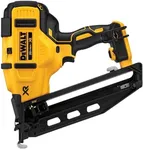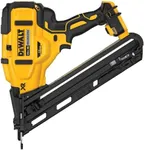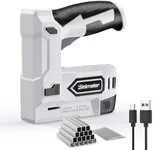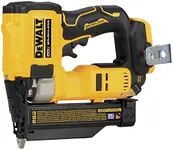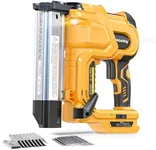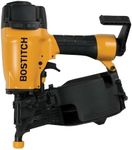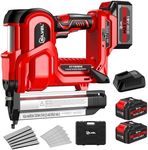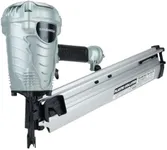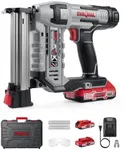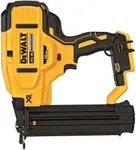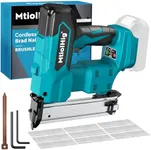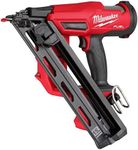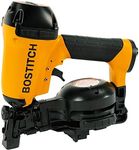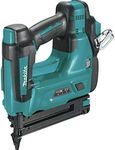Buying Guide for the Best Electric Nailers
Choosing the right electric nailer can make your woodworking or construction projects much easier and more efficient. Electric nailers are powerful tools that drive nails into wood or other materials with precision and speed. When selecting an electric nailer, it's important to consider several key specifications to ensure you get the best fit for your needs. Understanding these specs will help you make an informed decision and choose a tool that will serve you well for years to come.Power SourceElectric nailers can be corded or cordless. Corded nailers are powered by plugging into an electrical outlet, providing consistent power and eliminating the need to recharge batteries. They are ideal for long projects where you don't want to worry about battery life. Cordless nailers, on the other hand, are battery-powered, offering greater mobility and convenience, especially in areas without easy access to power outlets. Choose a corded nailer if you need continuous power and don't mind being tethered to an outlet. Opt for a cordless nailer if you value portability and ease of movement.
Nail Size CompatibilityDifferent electric nailers are designed to handle different sizes of nails. This specification is important because using the wrong size nails can damage your tool or result in poor-quality work. Nail sizes are typically measured in gauge (thickness) and length. For light trim work or delicate projects, a nailer that handles smaller gauge nails (like 18-gauge) is suitable. For framing or heavy-duty construction, a nailer that can handle larger gauge nails (like 15-gauge) is necessary. Consider the type of projects you will be working on and choose a nailer that is compatible with the appropriate nail sizes.
Magazine CapacityThe magazine capacity refers to the number of nails the nailer can hold at one time. This is important because a larger capacity means fewer interruptions to reload, which can increase your efficiency. Magazine capacities can range from around 50 to over 100 nails. If you are working on large projects or need to work quickly, a nailer with a higher magazine capacity will be beneficial. For smaller projects or occasional use, a lower capacity may be sufficient.
Firing ModesElectric nailers can have different firing modes, such as sequential firing and bump firing. Sequential firing requires you to press the safety tip against the work surface and then pull the trigger for each nail, providing more control and precision. Bump firing allows you to hold the trigger and 'bump' the safety tip to fire nails rapidly, which is useful for high-speed applications. If you need precision and control, choose a nailer with sequential firing. If speed is more important for your projects, look for a nailer with bump firing capability.
Depth AdjustmentDepth adjustment allows you to control how deep the nails are driven into the material. This is important for achieving a professional finish and ensuring the nails are flush with or slightly below the surface. Some nailers have tool-free depth adjustment, which makes it easy to change settings on the fly. If you work with different materials or need to adjust nail depth frequently, look for a nailer with easy-to-use depth adjustment features.
Weight and ErgonomicsThe weight and ergonomics of an electric nailer affect how comfortable it is to use, especially for extended periods. A lighter nailer reduces fatigue, while ergonomic designs with comfortable grips can make handling easier. Consider how long you will be using the nailer and choose one that feels comfortable and balanced in your hand. If possible, try holding different models to see which one feels best for you.
